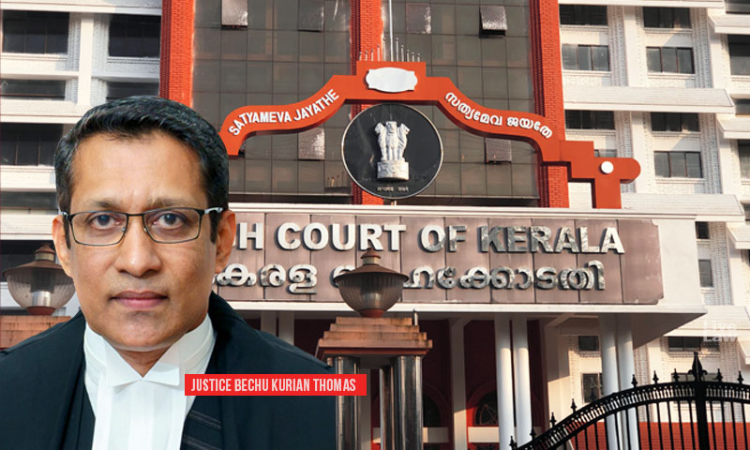‘Voter’s intention deducted from ballot paper, not by any antecedent or subsequent expressions’, observed the Kerala High Court while rejecting the vote cast by a voter who was a candidate himself. The Voter alleged that he voted for himself and his vote should be treated as valid.Justice Bechu Kurian Thomas observed that the intention of the voter was not reflected on the ballot paper. ...

